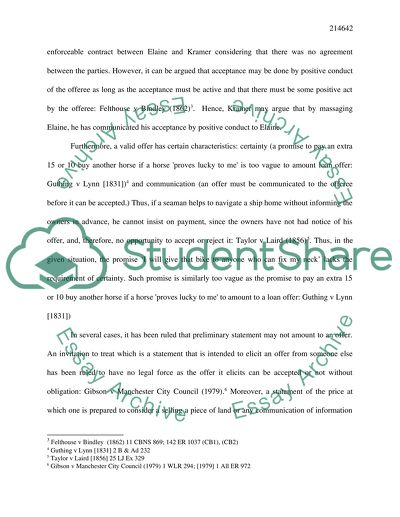Cite this document
(“Australian contract law problem question Case Study”, n.d.)
Australian contract law problem question Case Study. Retrieved from https://studentshare.org/law/1505492-australian-contract-law-problem-question
Australian contract law problem question Case Study. Retrieved from https://studentshare.org/law/1505492-australian-contract-law-problem-question
(Australian Contract Law Problem Question Case Study)
Australian Contract Law Problem Question Case Study. https://studentshare.org/law/1505492-australian-contract-law-problem-question.
Australian Contract Law Problem Question Case Study. https://studentshare.org/law/1505492-australian-contract-law-problem-question.
“Australian Contract Law Problem Question Case Study”, n.d. https://studentshare.org/law/1505492-australian-contract-law-problem-question.


